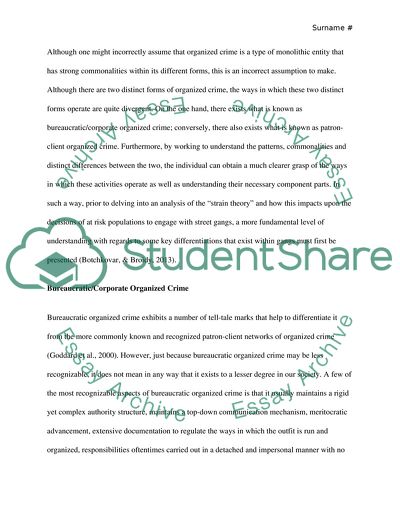Cite this document
(Gangs in the UK: A Sociological Perspective and Analysis Case Study Example | Topics and Well Written Essays - 2000 words, n.d.)
Gangs in the UK: A Sociological Perspective and Analysis Case Study Example | Topics and Well Written Essays - 2000 words. https://studentshare.org/sociology/1826845-social-problems-and-social-issues-assignment-3
Gangs in the UK: A Sociological Perspective and Analysis Case Study Example | Topics and Well Written Essays - 2000 words. https://studentshare.org/sociology/1826845-social-problems-and-social-issues-assignment-3
(Gangs in the UK: A Sociological Perspective and Analysis Case Study Example | Topics and Well Written Essays - 2000 Words)
Gangs in the UK: A Sociological Perspective and Analysis Case Study Example | Topics and Well Written Essays - 2000 Words. https://studentshare.org/sociology/1826845-social-problems-and-social-issues-assignment-3.
Gangs in the UK: A Sociological Perspective and Analysis Case Study Example | Topics and Well Written Essays - 2000 Words. https://studentshare.org/sociology/1826845-social-problems-and-social-issues-assignment-3.
“Gangs in the UK: A Sociological Perspective and Analysis Case Study Example | Topics and Well Written Essays - 2000 Words”. https://studentshare.org/sociology/1826845-social-problems-and-social-issues-assignment-3.


